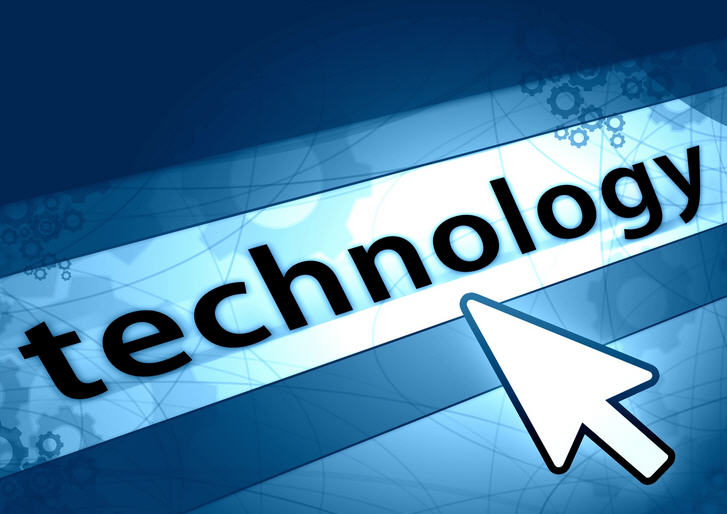Utilization of Interconnections in Electronic Circuits as Magnetohydrodynamic Pumps for Liquid Metalbased CoolingA novel magnetohydrodynamic (MHD) pump-based thermal management system design where integration of the cooling apparatus using electronic circuit interconnections achieves improved thermal management at a lower cost. The NeedNewer applications incorporating high-power electronics designs face greater thermal management challenges and impact systemic stability and reliability. Enhanced cooling techniques in these complex electronic systems rely on liquid cooling instead of air cooling. However, liquid cooling approaches using water as the coolant provide lower than required thermal conductivity as the electronics used increase in complexity. There is an emerging need for innovative, cost-effective liquid cooling strategies that are easy to implement and can efficiently dissipate heat output from electronics without resorting to auxiliary equipment that lowers heat exchange efficiencies and adds costs. The TechnologyA novel design consisting of multiple fluidic channels containing liquid metal coolant for enhanced performance is developed here. The magnetohydrodynamic (MHD) pump is integrated with electronic interconnects – thus creating the necessary magnetic field for circulation and cooling. The utilization of electronic circuits eliminates the need for auxiliary power supplies to achieve current pumping action. Current is generated from magnetic fields using either permanent magnets or induced magnetic fields to push the liquid metal coolant in the required direction to cool the electronics. The design incorporates flexibility by allowing for magnetic components on both or one side of the fluidic channel to optimize the design and reduce s improving cooling capability and system stability. Commercial ApplicationsMajor application areas for this approach include electric vehicle electronics, data centers, and aerospace, where high-power density converters and power modules are frequently a part of different system architectures. It is also applicable to dc bus and ac bus type electronic circuits and can be adapted to each of these situations by either using permanent magnets or induced magnetic fields in an either/or manner for dc/ac, respectively. Benefits/AdvantagesThe liquid metal cooling system and the interconnection-based MHD pump operation provide improved power density, reliability, and stability at a lower overall cost and simpler system-level architecture. Additionally, the proposed design eliminates the need for additional components commonly seen in conventional MHD approaches, such as auxiliary power supplies that add cost and complexity while lowering cooling efficiency. Patents
|

Tech IDT2022-225 CollegeLicensing ManagerAshouripashaki, Mandana InventorsCategories |
